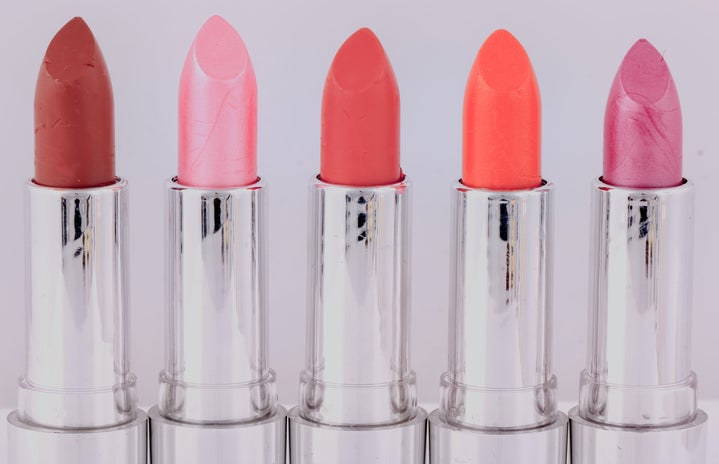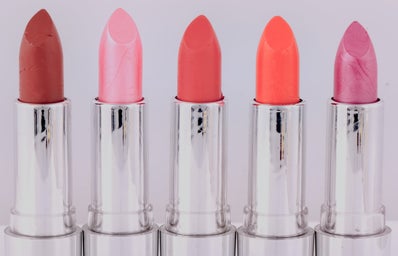Femininity and masculinity; just how different are these terms from each other? Many would say they are yin and yang or polar opposites. Others would categorize these terms as either exclusively male or exclusively female. Another difference many tend to overlook is the fact that there is a major superiority complex gap between the two. Masculinity, whether it be in practice or expression, is largely favored over femininity. However, it is not so much that masculinity is placed on a pedestal, but more like femininity has been kicked down and labelled as soft and “sissy” in comparison.
A great example of this is makeup, a popular form of expression. Just because it is rooted in femininity or is a predominantly female practice does not make it any less inclusive. People from across the binary should be able to indulge and express themselves freely through makeup without being socially rejected. Many people, especially older generations, would scrunch their noses in disgust or confusion when seeing a man explore his feminine side. This rejection comes from misogyny, and how feminine practices are viewed as exclusively female.
Now, compare it to sports, a largely masculine practice that theoretically is open to anyone. Although women are usually not taken as seriously in sports as men are, it is rare to see society (in a general sense) scorn women for participating. This shows how anyone can participate in most masculine activities with little to no pushback, because they aren’t perceived as frail or weak like feminine activities are.
The sad part is, because of this degradation of femininity, many women and young girls tend to distance themselves from typically “girlish” things due to the negative connotations they might have. This plays a big part in creating internalized misogyny and that is where a larger deep-rooted dilemma begins.
This can be attributed to the fact that young girls grow up watching hyper feminine female characters being villainized in order to prop up the ‘not-like-other-girls’ protagonist. A bunch of classic romantic comedies paint the picture that the popular pink-obsessed fashionista is mean spirited and represents the adherence of oppressive societal standards. Meanwhile, the protagonist is shown to exhibit more masculine traits and hobbies that supposedly separate her from the rest and make her more likable. Her interest in male-dominated activities, such as motorcycle maintenance and skateboards, makes her unique in the perspective of other characters as well as the viewer. It creates an us-versus-them scenario within women where we judge each other’s interests and how we visually express ourselves.
To clarify, the issue is not that some women might not align their style with traditional femininity, it’s when other women actively look down on feminine activities and avoid things associated with womanliness on the sole basis that it is feminine.
It is time we start destigmatizing feminine activities, practices, and arts as weak and exclusively female. Not only is it demeaning, but it also limits people’s options in exploring potential interests and their ability to unapologetically express themselves. Although we have achieved progress on this issue thus far, it is still important to acknowledge the unjust perception of femininity in order to move forward as a more open and progressive society.


